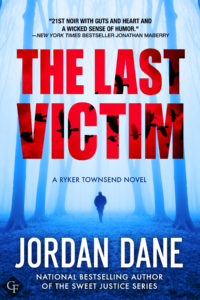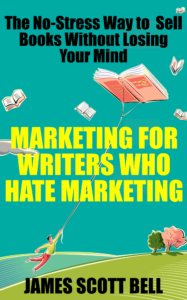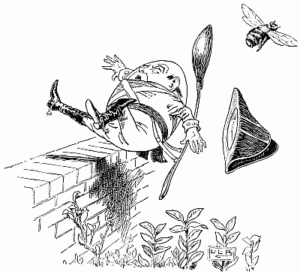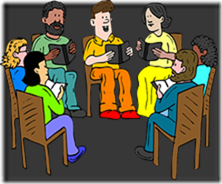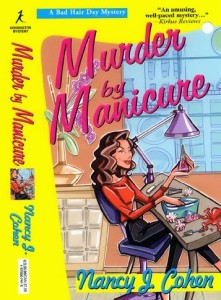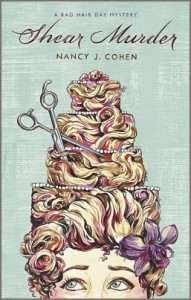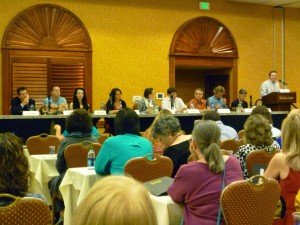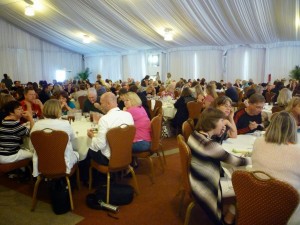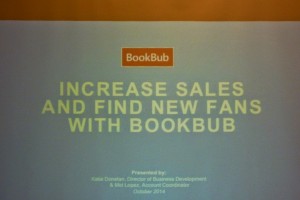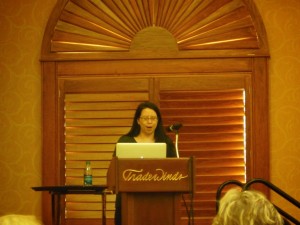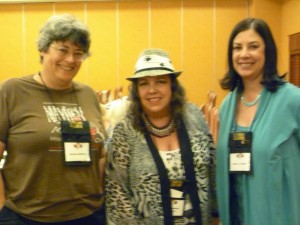I wanted to share my latest foray into a major promotion run. I’d heard good things about BookBub, had researched it before, but never submitted a book until last week. This promo option isn’t cheap. It’s a real leap of faith that you’ll sell more than the feature costs. I made sure that I ticked off the boxes I knew about, to make my submission more appealing to the stringent requirements to qualify.
Founded in 2012, BookBub has been featured in the Wall Street Journal and the New York Times, showcasing their huge outreach to avid readers with their daily deal emails to millions of subscribers. This is a free service to readers, vetted by an expert editorial team with handpicked recommendations. It doesn’t sell books directly, but offers books from authors that are available through major ebook retailers and devices. It also focuses your feature to readers interested in YOUR genre.
If you’re a published author, you can claim your books and create a profile to grow your followers on a forum for readers that an author can cultivate directly. I had never “claimed” my author profile and didn’t realize I had followers. Plus not all of my most recent books were listed, so I had to update my profile after they authorize me as the author.
BookBub scrutinizes the books it selects, so I knew I had to adhere to recommendations other authors had shared online about their experiences. HERE is the list of requirements from BookBub, but there are other websites and blog posts with more help, too.
The book I submitted is The Last Victim (published 2015) and here are details on what I had to do.
BookBub Submission – TIPS
I had a professionally designed cover that I knew would be acceptable from my experience. BookBub scrutinizes submissions for a well-formatted book, free of typos and grammatical errors. They also want books that have accumulated enough good reviews without sharing how many that is. This can be intimidating. The Last Victim has 26 reviews for an average of 4.4 out of 5. I really didn’t know if they were looking for 50+ but I went for it. Don’t let one deficiency in a selection criteria force you to back down. If you don’t succeed, keep learning and try again.
I had great cover blurbs/praises to pitch on my book and across my branding platforms (website & social media) from well-known authors, magazines, and critical reviews from professional editorial sources. (Don’t let this tip scare you. I accumulated mine over time. You can too.)
The Last Victim is a full novel that has never been discounted. It normally sells for $3.99, but I submitted it to BookBub for a special, limited offer of $0.99 across all retailer platforms that I listed in my submission.
My novel is widely available on all the retailers BookBub features and then some: Amazon, B&N, Kobo, Google, and iBooks. Since it was published by my publishing arm, Cosas Finas Publishing, I had world rights, which I knew would appeal to BookBub.
My BookBub feature will be Nov 5 – 12. They prefer limited offers of free or discounted by at least 50%, rather than books that are perma-free.
HERE are BookBub’s tips.
I also submitted with a flexible promotion date, but when they came back with “Can you do by Nov 5th?” – I found out how much I didn’t have prepared for this type of exposure. This is why I wanted to post my article on the experience. It’s a good problem to have, but very nerve-wracking when I am in the middle of releasing two back-to-back novellas on Oct 31 & Nov 7th. Of course, I had to go for it, even if it only becomes a “what not to do” experience. Below are some of the things I have done to prepare and I’m sure there will be much more as the BookBub feature draws nearer.
MY STRATEGY SCRAMBLE
1.) Since The Last Victim was a 2015 release, I had to update the back material to include my updated Biblio, author bio, and add promo links for my new website mailing list and ads for my upcoming releases, as any traditional publisher would do. I went through my layout formatter to save me time. I use Wizards in Publishing.
2.) I created a spreadsheet of target promotion opportunities, both free and paid for, to expand my reach beyond my mailing list and track costs against estimated revenue. BookBub gives you its estimate for likely sales, but it is up to you to get the word out and set higher goals. I plan to set up my estimates, then compare them to what actually happened afterwards, to create a learning tool that I can refine. Bottom line – It takes a lot of eyeballs for sales to result. I used subscriber numbers, but estimated sales at a fraction of 1% to be conservative. It’s all “pie in the sky” stuff until the dust settles and sales are determined. At that time, I’ll need to do an autopsy to see what clearly worked.
3.) What are the best ways (& sites) to pay for promotion? Good question. Since I needed boosted sales across several retailers, I chose to look at ads at Kobo, Amazon, and the other retailers. These aren’t cheap so I had to make decisions. The bargain books websites that are popular and most effective aren’t cheap either, because they can add up. They also don’t take just any ad that you pay for. Some sites require you to submit your book for their consideration & it could take up to 7 days to hear back. (I won’t know about some until my feature is about to start or has started.) These promo sites’ loyalty is first to their subscribers, so that means you have to allow enough lead time or make due with what you can get.
4.) I submitted to EreaderNewsToday and needed approval. BargainBooksy, KindleNationDaily (& their multiple platforms), EBookLister, and AwesomeGang didn’t require approval and charged only a minimal amount. There are countless sites where they will list your book for free. Some allow you to post once and they will cross post, but since I don’t know how effective this would be for my limited time, I chose certain sites for maximum exposure.
5.) I created an Amazon Marketing Services (AMS) Ad Campaign (access I already had as a vendor through my publishing company) to run during the time of the feature and will up the cost per click but limit the dollar daily total to gain the likelihood the ad will be competitive for placement and exposure. Since this ad will run for a specific time (to parallel my BookBub Feature Deal), I could get aggressive on my budget.
6.) I haven’t considered a Facebook Ad because I don’t know how effective they are in relation to real sales. AMS give you direct access to analytics on clicks and traffic compared to actual sales. If I’m going to spend money, I prefer Amazon where the most of my sales would come from and can be traced and translated into sales.
7.) What could I do to promo without cost? I had access as a contributing author to several fan groups under various Amazon Kindle Worlds. To the credit of the authors who created these groups, they generously allow their authors to promo other books, and we try to give exclusive giveaways back to their readers in return. So the groups that I had cultivated by writing for these Kindle Worlds, I have access to for a post and the reader fans are so much fun and generous with their support. That has value.
8.) I have my mailing list and had just updated my website to WordPress format. This allows me to update quickly and post when I need to. Updating came at a very good time. Even though it was time consuming to transfer content, it was well-worth the effort.
As of this post, I’ll still be prepping for the feature and up to my eyeballs in two releases – Valentine: Steel Heart (Available Now) and Fiona’s Salvation (Nov 7). This BookBub feature for The Last Victim is from Nov 5-12, so the overlap is stressful, but it can help with exposure. At least, that’s what I’m telling myself.
Other Resources
I found these additional links that could be helpful. Here is a link to “Reasons Why Books are Rejected as BookBub Feature Deals.” I don’t normally like to focus on negatives, but there are good points made in this article that could help you succeed.
This link compares BookBub against two other promo sites: Book Gorilla & Fussy Librarian. The costs vary, but so does the exposure and the requirements may not fit your book or your goals.
For Discussion
1.) Has anyone had experience with BookBub? What worked and didn’t work for you? I’d love to hear your experiences.
2.) Besides BookBub, are there other ways to feature your discounted sales that you’ve found to be effective?
Valentine: Steel Heart (Novella 1 of 2)
Love made him vulnerable…once.
After a tragic killing on an Amtrak train, the Phoenix Agency use a mysterious covert operative, Braxton Valentine, as bait to lure a deadly cartel boss from hiding, but grief-stricken Valentine becomes their worst nightmare—a rogue operator with a death wish.
(Valentine: In the Cross Hairs – Book 2 of 2 coming Feb 2018)

